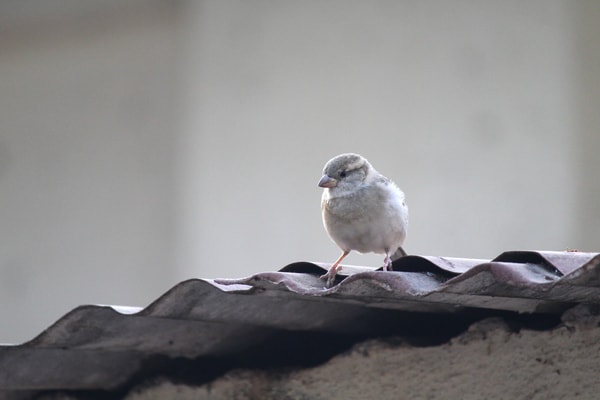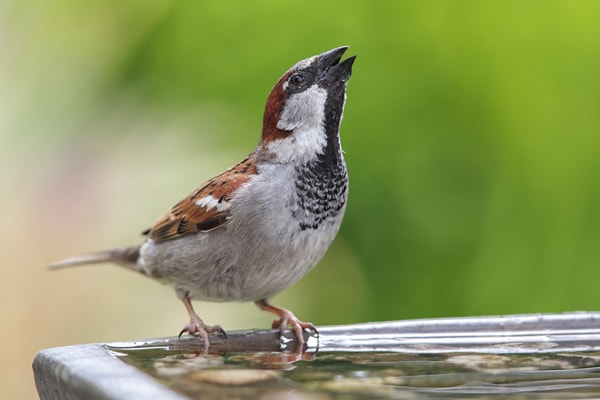Pests come in all shapes and sizes. At first look, house sparrows may seem like harmless little birds. But beware. This invasive species of bird can cause headaches and property damage if they shack up in your home or workplace.

Here’s what you need to know about house sparrows and how to help avoid the problems they can cause.
Prevalence of House Sparrows
House sparrows are one of the most common animals. A key reason for their abundance is their ability to take advantage of their environment. They are, simply put, opportunists.
This is why house sparrows proliferate near human communities, especially cities. Human settlements provide house sparrows a range of opportunities when it comes to food and nesting. House sparrows are flexible with regard to diet. They readily consume human food scraps, plus grain, seeds, insects and even fruits and vegetables.
House Sparrow Identification
Whether you know it or not, you’ve come across a house sparrow. Adult house sparrows are approximately 6.25 inches long, with short wings, short tails and comparatively large heads.
Males feature a black throat, a black V-shape patch on the breast and a dark gray tail and crown. Females have the same pattern, but with duller colors throughout.

Male house sparrow
You can also recognize house sparrows by their song. They emit a series of single-note chirps.
Problems Caused By House Sparrows
Because house sparrows congregate within human communities, they naturally tend to come in conflict with humans. Here are some of the problems house sparrows create:
- House sparrows routinely get into buildings, including houses, places of work and stores.
- They can crowd other birds at feeders and birdbaths. Because house sparrows aggressively defend their nests, they often push out other desirable songbird species, such as bluebirds.
- House sparrows prefer to nest in, on or near buildings. Nesting sparrows tend to get very noisy. That can be especially annoying considering they start singing at first light. More problematically, nesting sparrows pack nesting materials inside stoves, dryers and fan vents, preventing their use and creating potential fire hazards.
- House sparrow nests can also clog or block drains, gutters and downspouts.
- Their droppings contain uric acid. That matters because house sparrow droppings can eat away at automobile paint and building materials.
- Finally, house sparrows can carry dozens of pathogens that cause communicable diseases, including bacterial, viral, mycoplasmic and protozoan diseases, as well as internal and external parasites. Humans can inhale microorganisms contained in dried bird droppings.
What To Do About House Sparrows
Before you do anything, it's important to check all of your local, state and federal laws regarding pest control.
House sparrows can be a nuisance, pose health risks and can cause expensive damage. Once you have correctly identified whether the birds on your property are house sparrows, you can begin taking steps to prevent them from creating problems. If you aren't able to identify the birds, a professional can help you identify them and provide assistance with how to treat the problem. Here are some steps you can take to help prevent house-sparrow problems:
- If you’re concerned about house sparrows crowding out other songbirds, consider placing bird boxes far away from residential areas. House sparrows prefer nesting around houses. Also, house sparrows -- and many other birds species -- may avoid boxes if they are placed low to the ground, about three feet. Boxes that are placed (Beware that this makes boxes vulnerable to predators such as snakes, raccoons and cats.)
- Because house sparrows scavenge for food scraps left behind by humans, you can discourage house sparrows by promptly removing food scraps and open trash. Also, be sure to keep your trash can lids tightly secured.
- To help prevent house sparrows from entering your home or office, be sure to install covers or screens over open vents. Also, ensure proper screening over louvers, another popular entry point for house sparrows.
House sparrows are persistent and widespread. While we should get used to their presence in our environment, taking a few small steps can help us avoid the disturbances and hazards these birds can occasionally cause.




